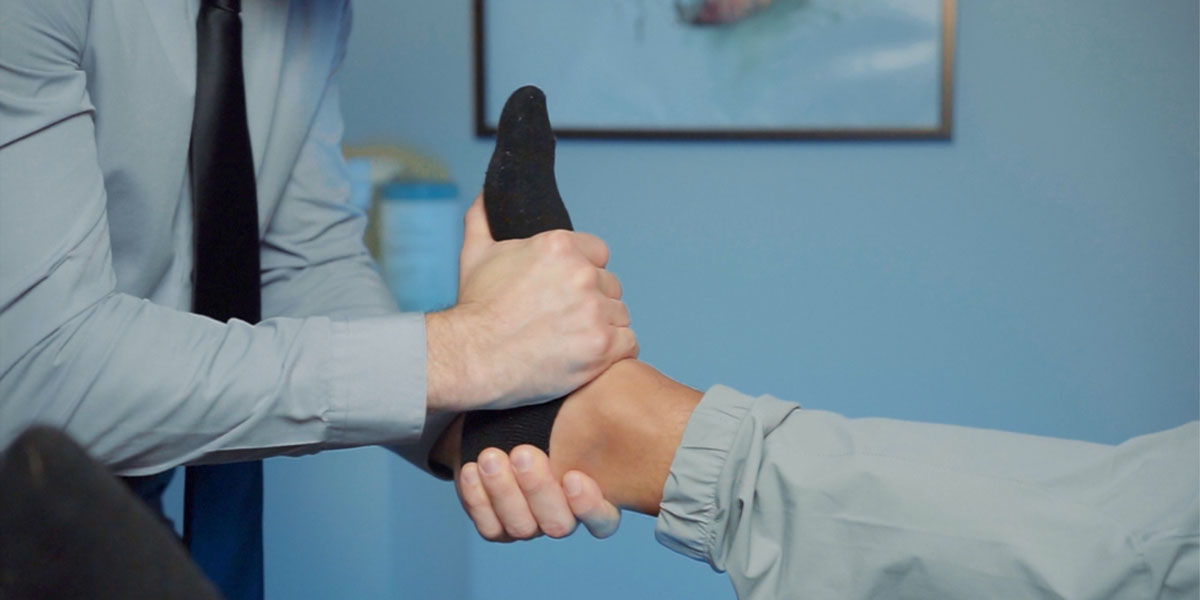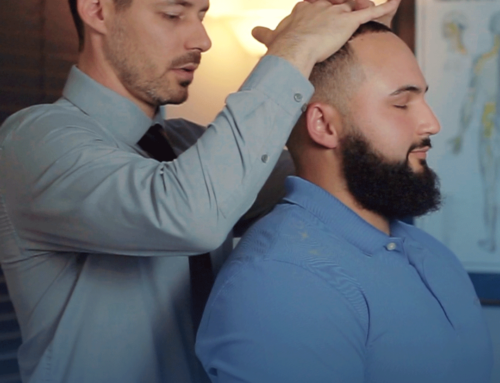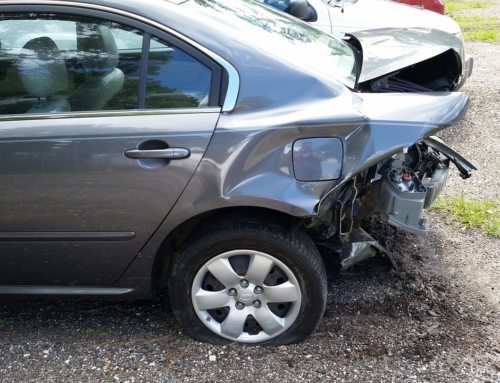For many women, wearing high heels is a way of life, as they look stylish and add height to your frame. However, wearing these shoes too often may cause a wide range of foot problems and leg or back pain, impairing stability and increasing the opportunity for injury. High heels put excessive stress on the back and lower extremities that can significantly and adversely impact posture, balance, and gait.
A high heel forces your foot into a downward extended (plantarflexed) position, increasing the pressure on the forefoot. This unnatural positioning compels the rest of the body to compensate, as the body’s alignment and center of balance is thrown off. Even those who wear high heels every day will eventually experience an unnatural curvature in the lower back caused by the shift in the body’s center of gravity at the hips.
Did You Know? For every inch of height, the pressure on the forefoot increases by 25%. Therefore, a three-inch heel adds 75% more pressure than average.
How High Heels Affect Your Stride and Balance
When walking barefoot, your stride involves rolling from the heel to the ball of the foot, pushing off with the toes. The plantarflexed position when wearing heels doesn’t allow this movement, and the hip flexor muscles are more taxed as they propel the body forward. The knees will also remain more flexed, adding strain on the knee muscles.
Walking in high-heeled shoes can be likened to walking on a balance beam, as the wearer has to adjust for varied surfaces, elevations, and inclines. When walking quickly, even greater weight is placed on the balls of the feet to keep them balanced and steady. Those in high heels are walking all day on their tiptoes, risking damage to the underlying bones and tissues.
Stilettos are especially problematic, as the narrow, stick-like heels provide little support or stability. They force the foot and ankle into an outward splaying position, increasing the risk of twisted or sprained ankles and falls.
The C-curve shape of a healthy back is designed much like a shock absorber, minimizing the weight-bearing stress on the vertebrae and pelvis. High heels can cause the lumbar spine (low back) to become compressed while forcing the thoracic spine (middle back)to become hyper-curved. This poor alignment will inevitably lead to stress on the back muscles and chronic back pain.
The Effect on Hips, Knees, Feet, and Toes
Besides the back, wearing high heals can also affect other joints in the body, including:
Hips: Constant high heel usage forces the hip flexor muscles into a persistent flexed position, causing them to shorten and contract over time. This can result in low back and hip pain.
Knees: Knee osteoarthritis (“wear-and-tear arthritis”) in women is often related to the use of high heels. The constantly flexed knee position will cause the tibia (shin bone) to turn inward to retain balance and cause compression of the medial (inner) knee, a common site of osteoarthritis. Those with the condition are advised to avoid wearing heels as the practice could accelerate joint damage.
Ankles: The unnatural position of the ankle can result in the contraction of the Achilles tendon, which attaches to the heel bone. A common consequence is an inflammatory and painful condition called insertional Achilles tendonitis.
Feet: When the foot is forced downward, significant pressure is placed on the forefoot’s plantar area. The increased pressure can cause pain or foot deformities such as bunions and neuromas. High heels will also cause the tendons and ligaments that support the arch to tighten, leading to a very painful case of plantar fasciitis.
Toes: Your toes are often the victim of fashion, forced into the toe box of a shoe that may not have room for all of them. After years of heels, the toes may become abnormally fixed together; but even if this does not occur, the toes often suffer corns, callouses, and blisters.
Final Word on High Heels
We understand that it is unlikely for women to give up their favorite pair of designer shoes, so here are a few tips to help mitigate any damage:
Reserve high heels for special occasions or work meetings.
Wear low shoes and change into heels when necessary
If possible, remove heels occasionally to stretch your feet
Wear low shoes or heels 1 inch or less when heels are not required.
One final tip? Schedule regular appointments with your chiropractor, who can adjust and correct any damage and alert you to any early issues you may need to know about.
Dr. Ryan Johnson is a Sarasota and Siesta Key chiropractor who utilizes traditional adjustments, massage, cold laser therapy, and other innovative techniques to ensure his clients feel their best. Call today for an appointment and to learn more.




